Search Images
Browse Content (p. 174)
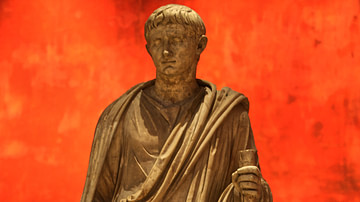
Image
Statue of Emperor Augustus
Statue of Emperor Augustus (r. 27 BCE to 14 CE).
Ny Carlsberg Glyptotek, Copenhagen.
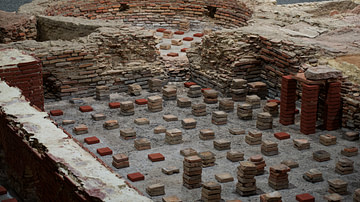
Image
Roman Baths, Heerlen
Interior of a Roman bathhouse in the Thermenmuseum, Heerlen.

Image
Troop Movements at the First Battle of Saratoga, 19 September 1777
Troop movements before the First Battle of Saratoga (or the Battle of Freeman's Farm) on 19 September 1777. Map by the History Department of the United States Military Academy.
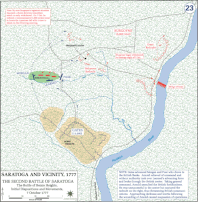
Image
Troop Movements at the Second Battle of Saratoga, 7 October 1777
Troop movements at the Second Battle of Saratoga (or Battle of Bemis Heights), 7 October 1777. Map by the History Department of the United States Military Academy.
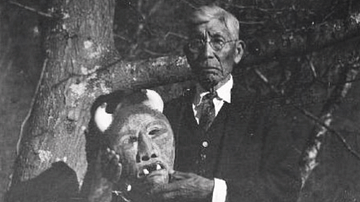
Image
Will West Long
Will West Long (also known as Will Westi, l. c. 1869-1947), Cherokee mask-maker, historian, and translator. He became famous for his work with Euro-American anthropologists and ethnographers translating Cherokee legends, lore, prayers, and...
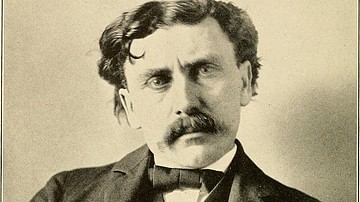
Image
James Mooney, American Ethnographer
James Mooney (l. 1861-1921), American ethnographer who helped preserve the literature, language, and culture of the Cherokee nation. Plate 1 in The Swimmer Manuscript by James Mooney and Frans M. Olbrechts, Smithsonian Institution. Bureau...

Image
Indian Corn
Indian Corn – also known as Flint Corn and Calico Corn – one of the three types of maize cultivated by the Native Peoples of North America.
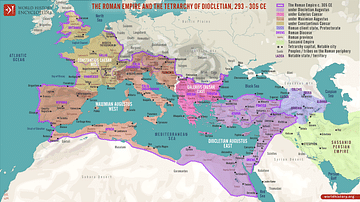
Image
The Roman Empire and the Tetrarchy of Diocletian, 293 - 305 CE
A map illustrating the Tetrarchy (from the Greek tetrarchia, "leadership of four"), established by the Roman Emperor Diocletian in 293 CE. It was a radical restructuring of the Roman Empire's governance system aimed at addressing its political...

Image
Statue of Michel de L'Hospital
Statue of Michel de L'Hospital (also known as L'Hôpital, c. 1505-1573), Chancellor of France, Louis-Pierre Deseine, Palais Bourbon, Paris.
Photo by DimiTalen, 2016.
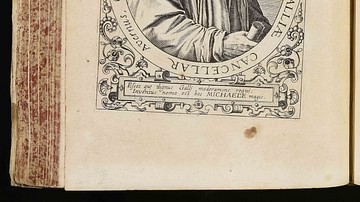
Image
Michel de L'Hospital
Michel de L'Hospital, portrait from Bibliotheca sive Thesaurus virtutis by Jean Jacques Boissard, Frankfurt am Main: William Fitzer 1627.
Municipal Library of Trento.